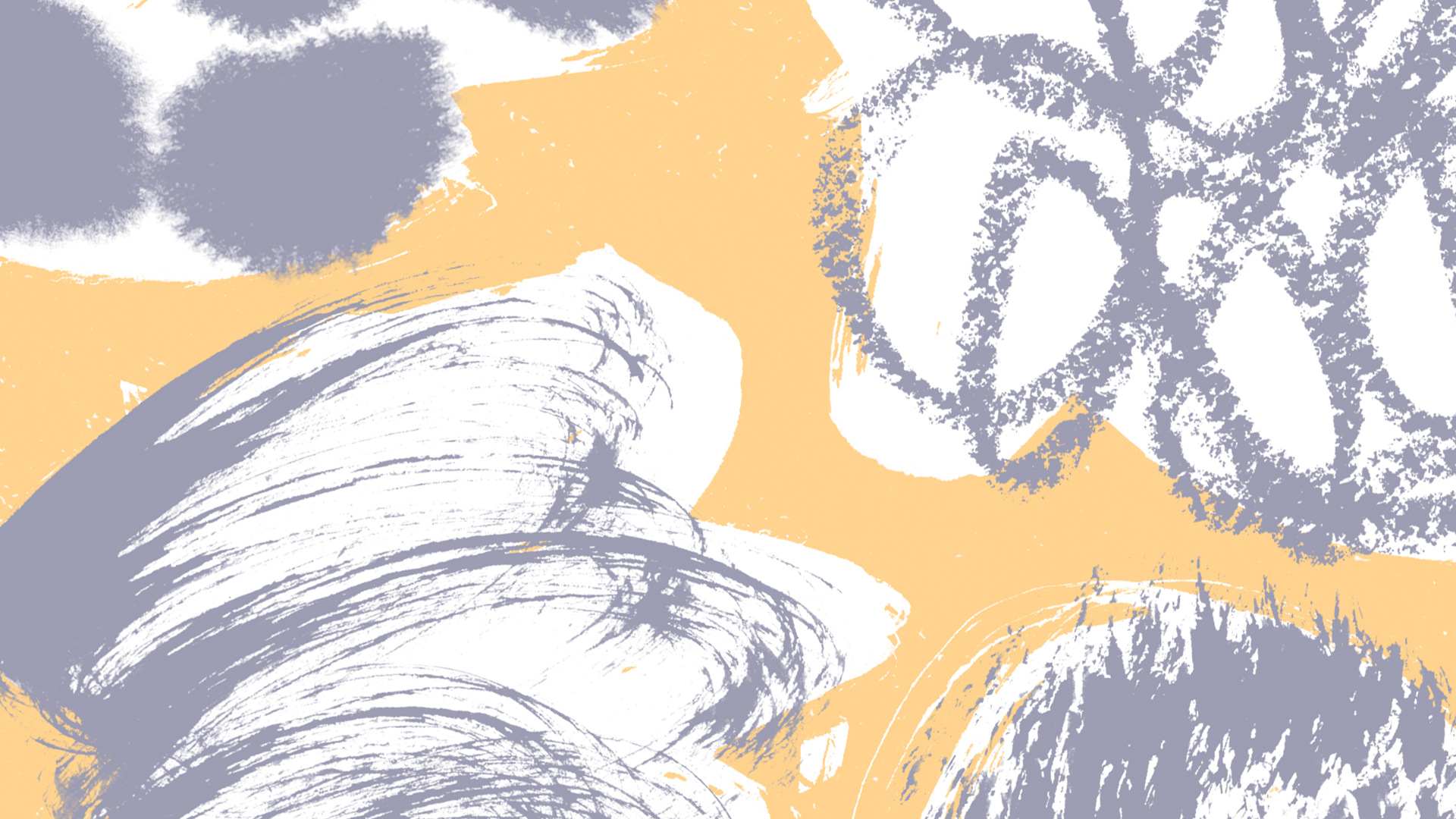Breadcrumb
Safe workplaces allow artists and arts workers to do their best work — to focus on their craft or their skill, and to share art with audiences and communities.
For businesses and organisations, a safe workplace:
- protects people — A safe workplace prevents injuries and illnesses, allowing everyone, from technicians to performers, ushers to sculptors, the freedom and security to do their best work.
- boosts business — Safe workplaces foster trust and increase productivity. They also help retain workers and attract public support, and protect against reputational damage.
- is the law —Workplace safety is the law. Meeting WHS obligations protects against legal penalties.
Creating a safe workplace starts with understanding:
- what a workplace is
- what role everyone has
- how to manage safety risks
- what to do if there is an injury or incident.
1. Understand what a workplace is
A workplace can be anywhere work happens, like theatres, galleries, film sets, pubs and outdoor venues. It can include a studio with a single artist, or a home office. It can include tour buses and industry events. If you’re creating, performing, rehearsing, planning or organising, it’s a workplace.
Learn more about what a workplace is.
2. Understand what role everyone has
Everyone in a workplace has legal obligations to create a safe workplace. This includes workers, business owners, independent contractors such as freelancers and independent artists, managers, volunteers, board members and patrons. These obligations are called WHS duties.
How much responsibility you have, and for what things, depends on your role. If you work in more than one place, your role might change depending on where you are working. For example, if you are a freelancer during the week and volunteer on the weekend. Or if you are an independent artist working on someone else’s project some days and in your own studio on other days.
Learn more about the different roles and WHS duties.
3. Understand how to manage safety risks
Some people in the workplace have extra duties to manage hazards and risks. Learn more about the different roles and WHS duties.
Workplace safety is managed by identifying hazards and controlling risks. A hazard is anything that has the potential to cause harm. A risk is how likely a person will be harmed if they are exposed to the hazard and how severe the harm could be.
Learn more about:
- Consulting with workers — what the obligations are and how to do it
- Managing hazards and risks — how to identify, assess and control environmental hazards, physical hazards and psychosocial hazards
- Extra requirements for high risk work
- Safety training for workers
- Workers compensation insurance
- Reporting and monitoring safety
- Planning for emergencies
4. Know what to do if there is an injury or incident
It is critical to know what to do if something happens. This includes:
- injuries
- incidents that cause harm
- near-misses that could have caused harm.
Learn more about workplace incidents and injuries.
Work health and safety in action
Gallery exhibition setup — Making sure workers and volunteers have access to lifting equipment when handling heavy art pieces to avoid injury
Outdoor street music festival — Developing a traffic management plan to safely separate vehicles and pedestrians during event setup.
Musical theatre production — Providing performers with non-slip footwear if working on potentially slippery stages.
There is lots of information out there
If you are new to work health and safety or need guidance, there are lots of free tools and resources available to help.
We have included links throughout this website to resources we think have good information. We also have links to WHS regulators, government agencies and organisations that can offer help and advice.
Find out more about getting help with work health and safety.
It’s easy to feel overwhelmed. The best thing you can do is start.
Keep learning
The work health and safety information on these pages provides general information based on Australian work health and safety standards. The information is a good introduction, but it is not business or legal advice.
For advice specific to your situation, contact your state or territory WHS regulator (e.g. WorkSafe) or consult a qualified WHS professional.
More in this section:
Work health and safety roles and duties
Find out what you need to know to meet your legal obligations and create a safe environment for workers, contractors, volunteers and patrons.
WHS consultation: Talking about safety
Work health and safety consultation means talking and listening to workers about health and safety issues.
Managing hazards and risks
Identifying hazards and taking proactive steps to manage risks creates safer work environments, prevents injuries and helps workplaces meet their legal obligations. It is crucial for every creative workplace.
The positive duty to prevent sexual and sex-based harassment
Busineses and organisations have a legal obligation to take steps to prevent sexual harassment or sex-based harassment from happening. This is called a positive duty.
Worker safety training
All workers need workplace safety training – whether they are new to the job or highly experienced.
Safety reporting, monitoring and record keeping
Understanding how to report, monitor and record safety issues helps prevent accidents, meet legal obligations and support everyone in the workplace.
Emergency safety planning
Follow the steps on this page to help you plan for an emergency. Having a clear, well-communicated emergency plan ensures the safety of workers, audiences, and other visitors, and helps workplaces comply with work health and safety (WHS) laws.
Workers compensation insurance
Workers compensation insurance covers workers and organisations financially if a worker is injured or ill because of work.
Getting help with work health and safety
Check with the WHS regulator in your state or territory for requirements that are specific to your workplace. WHS laws are generally consistent across Australia, but they can sometimes vary depending on where you are.










